SAFCell’s proprietary technology enables lower production costs for hydrogen generation.
Benefits of solid acid hydrogen generators
One of the biggest challenges in commercializing hydrogen as a large-scale alternative to hydrocarbon-based fuels has been transportation and storage of hydrogen gas. Hydrogen gas is less than 1/500th as dense as natural gas, and must be compressed and stored at extremely high pressures when used as a transportation fuel.
New technologies have emerged that bind hydrogen to other molecules to make “liquid hydrogen carriers” (LHCs) such as methanol, ammonia and methylcyclohexane for transportation and storage, but to date no clear liquid hydrogen carrier leader or global standard exists. SAFCell’s technology permits the on-site generation of hydrogen from all three leading LHCs, so no matter which system eventually becomes the global standard, our solid acid hydrogen generators are guaranteed to be compatible.
Hydrogen production from liquid hydrogen feedstocks is significantly less expensive compared to compressed hydrogen gas. The cost of generating 400 kg of hydrogen per day with a SAFCell system, using liquid ammonia as the feedstock, currently stands at approximately $5.63/kg including compression to 700 bar, storage, and dispensing at a refueling station, which is over 60% less expensive compared to deliver of compressed hydrogen gas. As SAFCell’s hydrogen technology scales to thousands of kilograms per day, liquid ammonia-sourced hydrogen production costs are predicted to drop to under $5.00/kg by 2025, and under $4.50/kg by 2030. If bio-methanol is used at a feedstock, a 2000 kg per day SAFCell system should result in 700 bar hydrogen at $4/kg dispensed into fuel cell electric vehicles (FCEVs), hydrogen powered ships, and large stationary power plants.

